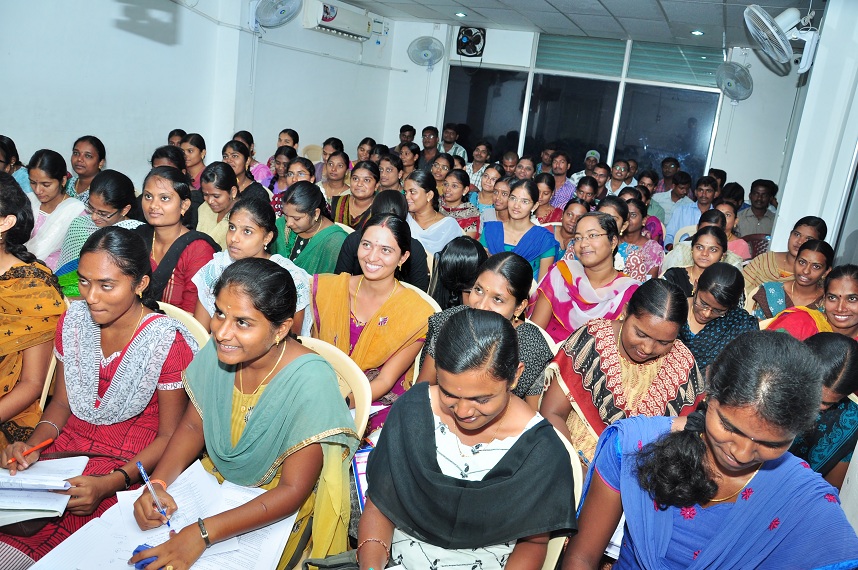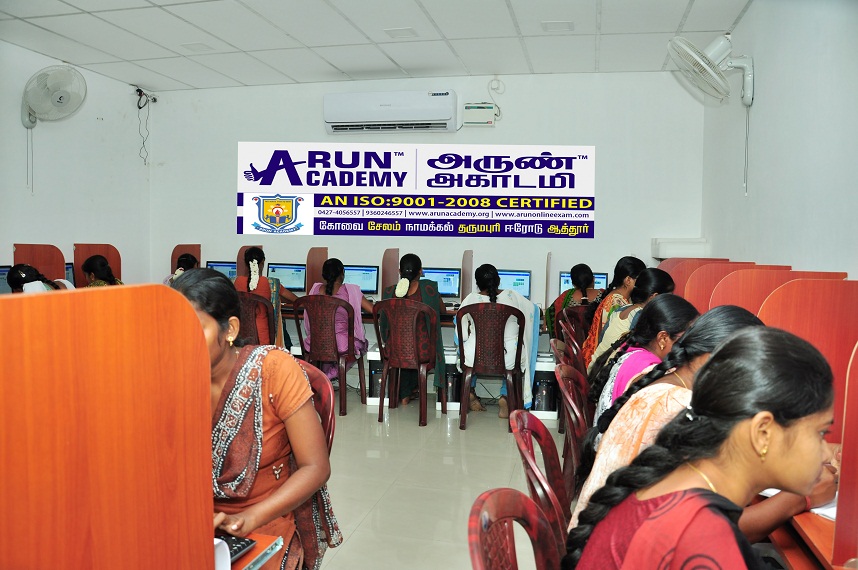- Remaining Timing :-
(1). About 98 percent of the mass of every living organism is composed of just six elements including carbon, hydrogen, nitrogen, oxygen and
- (a). sulphur and magnesium
- (b). magnesium and sodium
- (c). calcium and phosphorus
- (d). phosphorus and sulphur
- (e). None of these
Explanation:
(2). Modern detergents contain enzyme preparations of
- (a). thermoacidophiles
- (b). thermophiles
- (c). acidophiles
- (d). alkaliphiles
- (e). None of these
Explanation:
(3). A competitive inhibitor of succinic dehydrogenase is
- (a). ?- ketoglutarate
- (b). malate
- (c). malonate
- (d). oxaloacetate
- (e). C and D
Explanation:
(4). Cellulose is the major component of cell wall of
- (a). pseudomonas
- (b). saccharomyces
- (c). pythium
- (d). xanthomonas
- (e). None of these
Explanation:
(5). Carbohydrates are commonly found as starch in plants storage organs. which of the following five properties of starch(1-5) makes it useful as a storage material? I) easily translocated II) chemically non-reactive III) easily digested by animals IV) osmotically inactive V) synthesized during photosynthesis
- (a). I,III and V
- (b). I and V
- (c). II and III
- (d). II and IV
- (e). None of these
Explanation:
(6). Three of the following statements about enzymes are correct and one is wrong. which one is wrong?
- (a). enzymes require optimum pH for maximal activity
- (b). enzymes are denatured at high temperature but in certain exceptional organisms they are effective even at temperature 800C-900C
- (c). enzymes are highly specific
- (d). most enzymes are proteins but some are lipids
- (e). None of these
Explanation:
(7). Which one is the most abundant protein in the animal world?
- (a). trypsin
- (b). haemoglobin
- (c). collagen
- (d). insulin
- (e). None of these
Explanation:
(8). Synapsis occurs between
- (a). mRNA and ribosomes
- (b). spindle fibres and centromere
- (c). two bomologous chromosomes
- (d). a male and a female gamete
- (e). None of these
Explanation:
(9). During mitosis, ER and nucleolus begin to disappear at
- (a). late prophase
- (b). early metaphase
- (c). late metaphase
- (d). early prophase
- (e). None of these
Explanation:
(10). Select the correct option with respect to mitosis
- (a). chromatids separate but remain in the centre of the cell in anaphase
- (b). chromatids start moving towards opposite poles in telophase
- (c). golgi complex and endoplasmic reticulum are still visible at the end of prophase
- (d). chromosomes move to the spindle equator and get aligned along equatorial plate in metaphase
- (e). None of these
Explanation:
(11). At metaphase, chromosomes are attached to the spindle fibres by their
- (a). satellites
- (b). secondary constrictions
- (c). kinetochores
- (d). centromeres
- (e). None of these
Explanation:
(12). During gamete formation, the enzyme recombinase participates during
- (a). metaphase-I
- (b). anaphase-II
- (c). prophase-I
- (d). prophase-II
- (e). None of these
Explanation:
(13). Identify the meiotic stage in which the homologous chromosomes separate while the sister chromatids remain associated at their centromeres
- (a). metaphase-I
- (b). metaphase-II
- (c). anaphase-I
- (d). anaphase-II
- (e). None of these
Explanation:
(14). The complex formed by a pair of synapsed homologous chromosomes is called
- (a). bivalent
- (b). axoneme
- (c). equatorial plate
- (d). kinetochore
- (e). None of these
Explanation:
- (a). (v) (iv) (viii) (iii)
- (b). (i) (iv) (viii) (vi)
- (c). (vi) (v) (iv) (vii)
- (d). (v) (i) (iii) (ii)
- (e). None of these
Explanation:
- (a). Potential energy Transition state Activation energy with enzyme Activation energy with enzyme
- (b). Transition state Potential energy enzyme Activation energy without enzyme Activation energy with enzyme
- (c). Potential energy Transition state enzyme Activation energy with enzymeActivation energy without
- (d). Activation energy with enzyme Transition state Activation energy without enzyme Potential energy
- (e). None of these
Explanation:
- (a). enzymatic activity pH
- (b). temperature enzyme activity
- (c). substrate concentration enzymatic activity
- (d). enzymatic activity temperature
- (e). None of these
Explanation:
- (a). C-karyokinesis
- (b). D-synthetic phase
- (c). A- cytok inesis
- (d). B-metaphase
- (e). None of these
Explanation:
- (a). metaphase - telophase
- (b). telophase - metaphase
- (c). late anaphase - prophase
- (d). prophase - anaphase
- (e). None of these
Explanation:
- (a). prophase-I during meiosis
- (b). prophase-II during meiosis
- (c). prophase of mitosis
- (d). both prophase and metaphase of mitosis
- (e). None of these
Explanation:







